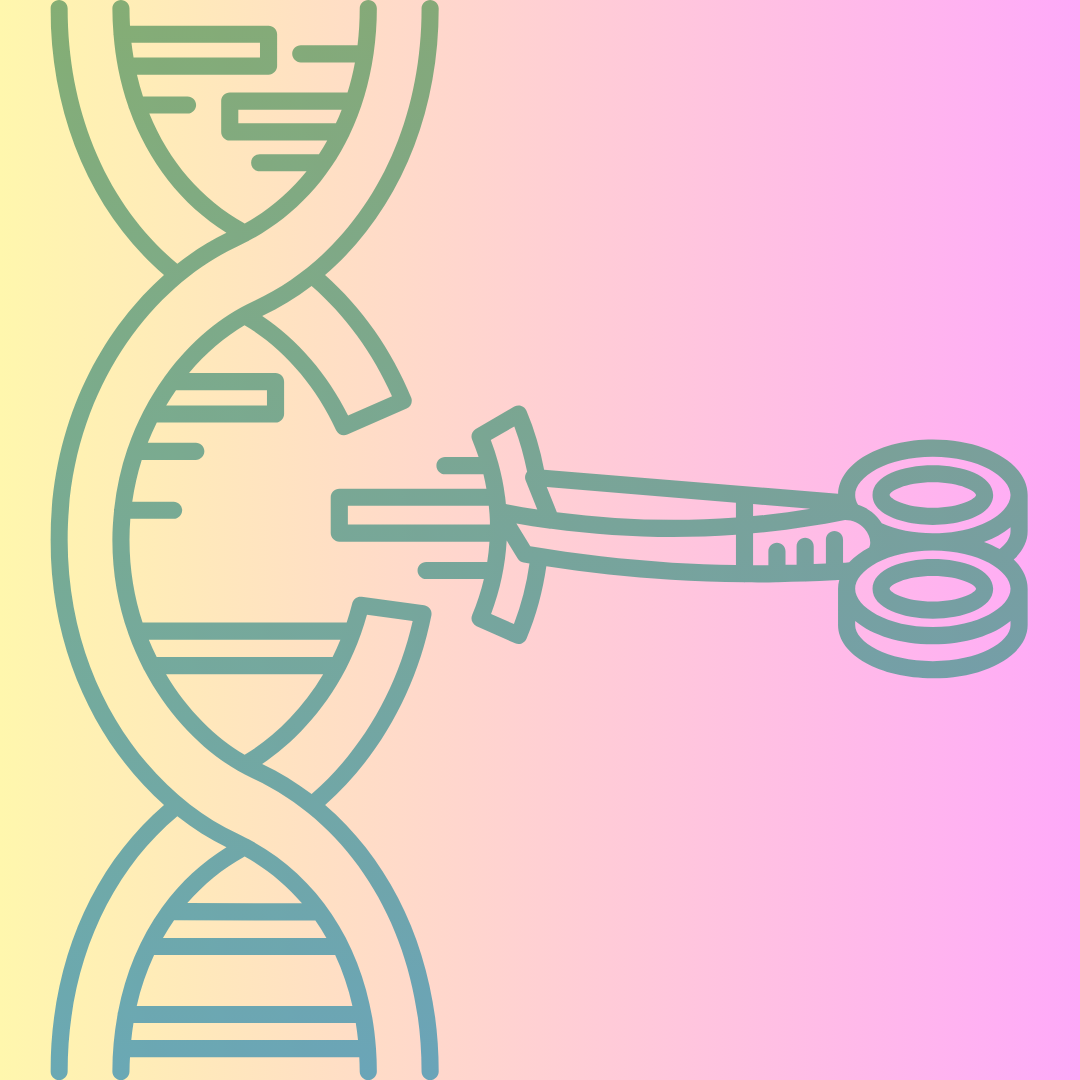Aggregated News

Medicine has entered a new era in which scientists have the tools to change human genetics directly, creating the potential to treat or even permanently cure diseases by editing a few strands of troublesome DNA. And CRISPR, the gene-editing technology whose creators won the Nobel Prize for Chemistry in 2020, is the face of this new normal.
CRISPR’s novel harnessing of bacterial proteins to target disease-carrying genes has reshaped medical research over the past decade. While gene-editing itself has been around for more than 30 years, scientists can use CRISPR to edit genomes faster, cheaper, and more precisely than they could with previous gene-editing methods.
As a result, investigators have gained far more control over where a gene gets inserted and when it gets turned on. That in turn has opened the door to a new class of better gene therapies — treatments that modify or replace people’s genes to stop a disease.
Last December, the US Food and Drug Administration approved the first-ever CRISPR-based therapy, designed to treat sickle cell disease. In February, the treatment, called Casgevy...



